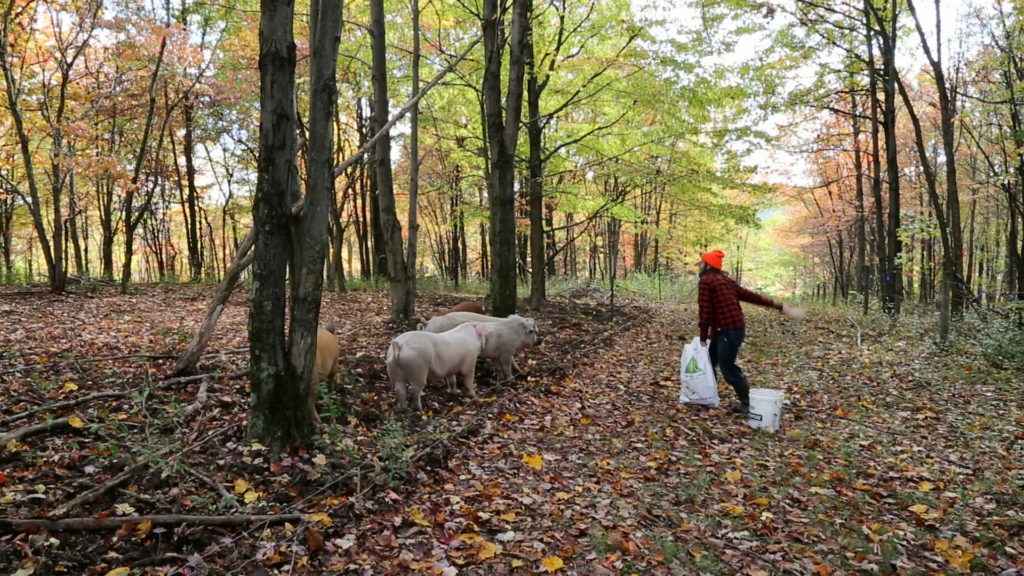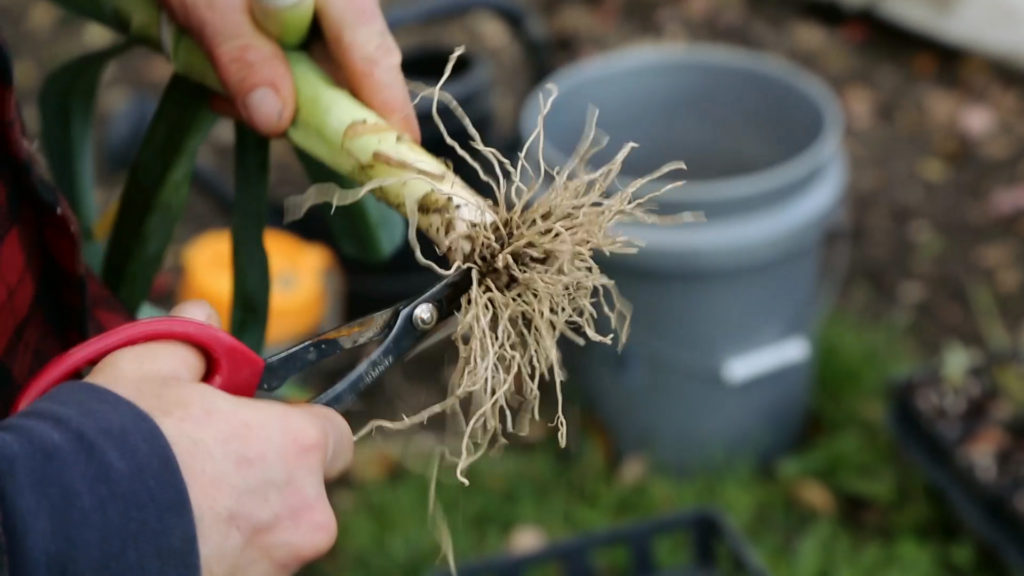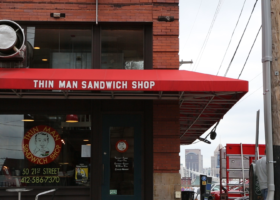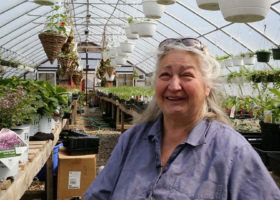
Atop the rolling, green quilt of land surrounding Asheville, North Carolina, windy mountain roads ridge the rich valleys below, where patches of blueberries or tomatoes, or crisp, white flocks of sheep, speckle the hillsides. On some days these sunny valleys are so vibrant you can almost taste the soil, and it was in this place I received my produce education. I learned how to massage kale to get the best flavor, a task both therapeutic and intimate. I ate snap peas off the vine, learning the snap of the shell, the rush of cold juice, and the sweet beads in the center. I discovered how a strawberry could taste.
Each week my family received a share from a local CSA farmer, and when I was young, this mystery box felt like a weekly birthday gift. But during one particularly rainy summer, when valley flooding washed out our local farm’s produce, on pick-up day, our farmer, tearful, explained how over half of their crops had been destroyed. All she could offer us was a dozen eggs and two bags of greens. Over the next few weeks, the mystery box slowly regained its size and diversity, a weekly snapshot of a farm being rebuilt. Just as I had learned the richness of flavor small-scale local produce, I learned about their dependence upon larger systems of nature.
It would be a shock to walk into a supermarket and, in place of a neatly stacked pyramid of shiny red apples, come face to face with a sign reading, “Had a bad season—No apples until next year.” Most of us source our day-to-day food from grocery stores where produce is “infinitely available, cheap, and aesthetically perfect,” Pittsburgh-area farmer and restaurant chef Brian Wiltrout says, which, though reliable, is “not the reality of growing food [using] any sort of manageable or sustainable method.” Unlike a local CSA, where consumers learn an appreciation for variability of product, supermarkets have trained us to expect a consistency in food choices. In this short segment, a selection from David Bernabo’s Pittsburgh documentary series Food Systems, Wiltrout challenges this notion.
These expectations, Wiltrout explains, have made it difficult for small scale producers, growing food organically, to reach larger markets. Organically-grown food will have bug bites and bruising; the size of vegetables will be variable. But even if the flavor is good, supermarkets often bypass the local, “imperfect” option in favor of a more consistent industrial product, leading to a self-accelerating cycle where supermarkets cater to a market but customers have little access to alternate visions of what food should be and thus have little choice but to reinforce the notion of visually perfect food.
“Imperfect” produce may end up in a bin for seconds processing, to be turned into applesauce or sauerkraut. Or even the landfill. Luckily, organizations like 412 Food Rescue are working to directly address the disconnect between supply and access—and, in so doing, provide food for those who go hungry—by working with outlets of all forms, from restaurants to universities, to rescue the “un-sellable but perfectly good food” from waste and redirect it into nutritious meals. Similar organizations like Just Harvest, Grow Pittsburgh, Penn’s Corner Farm Alliance, and Three Rivers Grown are starting conversations that challenge how we think and interact with our food.
After several generations of industry-reliant supermarket food culture and with the realities of work and personal time, most of us get by without paying much attention to our food. But what has been lost in the shuffle is a true, deep understanding of how food grows. (Just last week, in fact, I learned that pineapples actually grow on bushes! I’ve lived 24 years never thinking twice about this, assuming they just floated into Giant Eagle on a cloud of tropical sunshine.) As eaters, we have a role to play in correcting the notion of “perfect food.” Let’s start taking notice of what we see and expect in our grocery stores, farmers markets, or CSA boxes to piece together the larger puzzle of the food systems we live within—and, along the way, rediscover how perfect “imperfect” can taste.

This is a segment adapted from David Bernabo’s multi-part documentary Food Systems. See more extras from the ongoing series here.




